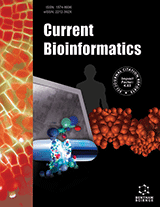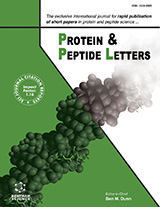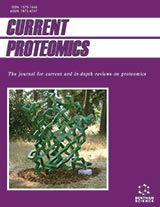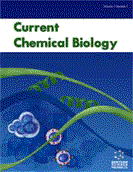Abstract
Background: Rapid accumulation of genomic and transcriptomic data initiates the development of computational methods to identify the regulation of transcriptional factors (TF) and genes. However, available methods display high false-positive rate and unstable performance across different networks due to their preferences for interactions with certain features. Model integration can reduce the biases of these methods and improve the specificity, especially for the pairwise methods whose correlations are very low.
Objective: Different integration methods were compared in this analysis, and the best integration method will be identified.
Method: We applied integration of 14 different models categorized into five major groups, i.e. regression, mutual information, correlation, Bayesian and others, to predict the simulated regulation networks extracted from Escherichia coli at two different scales.
Results: We have found that support vector regression (SVR) method achieved the highest precision. While one another method Cubist, was less precise than SVR but much more efficient especially in time cost. This conclusion was also confirmed by simulated expression data from in silico Saccharomyces cerevisiae network at three different scales and the real expression data from the sub-network of SOS DNA repair system. We applied SVR to construct the network orchestrating cell envelope stress in B. licheniformis, and found that the predicted network was consistent with the results of previous studies.
Conclusion: This study conducted and compared different integration methods, and found that SVR can better meet the demand of higher precision followed by Cubist. The integration can provide more clear insights into the transcriptional architecture.
Keywords: Transcriptional regulation, integration, support vector regression, cubist, cell envelope stress, Bacillus licheniformis.
Graphical Abstract
Current Bioinformatics
Title:Inference of Transcriptional Regulation from Expression Data Using Model Integration
Volume: 13 Issue: 4
Author(s): Long Wang, Jing Guo, Ji-Wei Chang, Muhammad Tahir ul Qamar and Ling-Ling Chen*
Affiliation:
- Agricultural Bioinformatics Key Laboratory of Hubei Province, College of Informatics, Huazhong Agricultural University, Wuhan 430070,China
Keywords: Transcriptional regulation, integration, support vector regression, cubist, cell envelope stress, Bacillus licheniformis.
Abstract: Background: Rapid accumulation of genomic and transcriptomic data initiates the development of computational methods to identify the regulation of transcriptional factors (TF) and genes. However, available methods display high false-positive rate and unstable performance across different networks due to their preferences for interactions with certain features. Model integration can reduce the biases of these methods and improve the specificity, especially for the pairwise methods whose correlations are very low.
Objective: Different integration methods were compared in this analysis, and the best integration method will be identified.
Method: We applied integration of 14 different models categorized into five major groups, i.e. regression, mutual information, correlation, Bayesian and others, to predict the simulated regulation networks extracted from Escherichia coli at two different scales.
Results: We have found that support vector regression (SVR) method achieved the highest precision. While one another method Cubist, was less precise than SVR but much more efficient especially in time cost. This conclusion was also confirmed by simulated expression data from in silico Saccharomyces cerevisiae network at three different scales and the real expression data from the sub-network of SOS DNA repair system. We applied SVR to construct the network orchestrating cell envelope stress in B. licheniformis, and found that the predicted network was consistent with the results of previous studies.
Conclusion: This study conducted and compared different integration methods, and found that SVR can better meet the demand of higher precision followed by Cubist. The integration can provide more clear insights into the transcriptional architecture.
Export Options
About this article
Cite this article as:
Wang Long , Guo Jing , Chang Ji-Wei , Tahir ul Qamar Muhammad and Chen Ling-Ling *, Inference of Transcriptional Regulation from Expression Data Using Model Integration, Current Bioinformatics 2018; 13 (4) . https://dx.doi.org/10.2174/1574893612666171006162012
| DOI https://dx.doi.org/10.2174/1574893612666171006162012 |
Print ISSN 1574-8936 |
| Publisher Name Bentham Science Publisher |
Online ISSN 2212-392X |
 21
21 1
1 1
1
- Author Guidelines
- Bentham Author Support Services (BASS)
- Graphical Abstracts
- Fabricating and Stating False Information
- Research Misconduct
- Post Publication Discussions and Corrections
- Publishing Ethics and Rectitude
- Increase Visibility of Your Article
- Archiving Policies
- Peer Review Workflow
- Order Your Article Before Print
- Promote Your Article
- Manuscript Transfer Facility
- Editorial Policies
- Allegations from Whistleblowers

















.jpeg)








